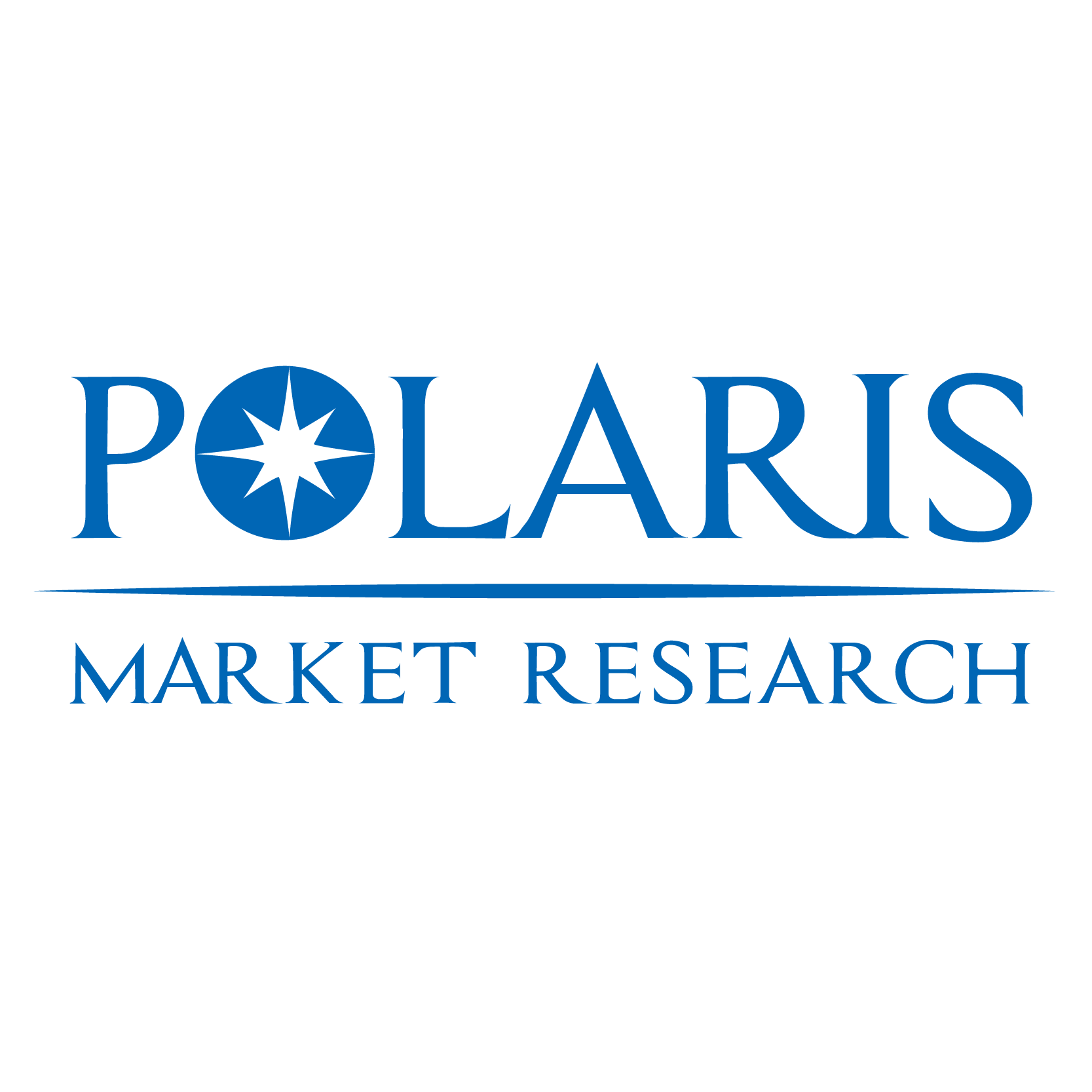How the Pour Point Depressant Market is Shaping Industrial Applications

Market Overview
Global Pour Point Depressant Market Size And Share Is Currently Valued At Usd 2.43 Billion In 2023 And Is Anticipated To Generate An Estimated Revenue Of Usd 3.89 Billion By 2032, According To The Latest Study By Polaris Market Research. Besides, The Report Notes That The Market Exhibits A Robust 5.4% Compound Annual Growth Rate (Cagr) Over The Forecasted Timeframe, 2024 - 2032
The global Pour Point Depressant (PPD) Market is witnessing a dynamic transformation, driven by the increasing demand for high-performance lubricants across industrial and automotive sectors. Pour point depressants, key additives that enhance the low-temperature flow properties of lubricating oils, are becoming essential in modern machinery and engine oils to maintain efficiency in extreme cold conditions. The market is expected to grow substantially as industries seek to optimize operational performance, reduce equipment wear, and comply with stringent environmental and performance regulations.
Market Summary
Pour point depressants are specialized chemical additives used to modify the wax crystallization process in lubricating oils, thereby lowering the pour point—the temperature below which the oil ceases to flow. This property is crucial for industries operating in cold climates, ensuring that machinery and engines function smoothly without the risk of oil solidification. The market growth is fueled by a combination of factors, including the rising demand for advanced automotive lubricants, stringent government regulations on engine performance, and the ongoing expansion of the industrial lubricants sector.
In addition to automotive applications, PPDs are also increasingly used in industrial oils, marine lubricants, and hydraulic systems, reflecting the growing need for multi-functional additives that enhance oil performance while meeting environmental standards. The trend toward synthetic and semi-synthetic oils further supports market expansion, as these formulations often require pour point depressants to maintain fluidity in low-temperature operations.
What is the Pour Point Depressant Market?
The Pour Point Depressant Market encompasses manufacturers, distributors, and end-users involved in the production and utilization of chemical additives that reduce the pour point of lubricating oils. These additives are primarily composed of polymethacrylates, alkylated aromatics, and other polymeric compounds, which interact with wax crystals to prevent oil solidification in cold conditions.
The market includes various product types, formulations, and grades, catering to multiple industrial applications such as automotive, manufacturing, marine, and heavy machinery. With the evolution of advanced lubricant technologies, the role of pour point depressants has become critical not only for performance enhancement but also for energy efficiency and sustainability in industrial operations.
𝐄𝐱𝐩𝐥𝐨𝐫𝐞 𝐓𝐡𝐞 𝐂𝐨𝐦𝐩𝐥𝐞𝐭𝐞 𝐂𝐨𝐦𝐩𝐫𝐞𝐡𝐞𝐧𝐬𝐢𝐯𝐞 𝐑𝐞𝐩𝐨𝐫𝐭 𝐇𝐞𝐫𝐞:
https://www.polarismarketresearch.com/industry-analysis/pour-point-depressant-market
Market Segmentation
The global PPD market can be segmented based on type, application, and region, enabling a detailed understanding of market dynamics:
1. By Type:
o Polymeric Pour Point Depressants: Widely used in both synthetic and mineral oils due to their efficiency in reducing pour points and compatibility with various oil grades.
o Non-Polymeric Pour Point Depressants: Include low-molecular-weight chemicals suitable for specific industrial and automotive applications.
2. By Application:
o Automotive Lubricants: Engine oils, transmission fluids, and gear oils benefit significantly from pour point depressants, particularly in regions with extreme winter conditions.
o Industrial Lubricants: Hydraulic oils, compressors, and turbine oils utilize PPDs to maintain smooth operations in manufacturing and processing plants.
o Marine Lubricants: Cold-weather marine operations demand PPD-treated oils to prevent solidification and ensure equipment reliability.
3. By Region:
o North America: Growth driven by advanced automotive industries and stringent performance regulations.
o Europe: Increasing demand for eco-friendly and synthetic lubricants supports PPD adoption.
o Asia-Pacific: Expansion of industrial manufacturing and automotive sectors fuels significant market potential.
o Middle East & Africa and Latin America: Emerging markets with growing energy and automotive industries contribute to regional demand.
Market Opportunities
The Pour Point Depressant Market presents several lucrative opportunities for stakeholders:
· Rising Demand for Synthetic Lubricants: As synthetic oils gain preference over conventional oils for their superior performance, the need for PPDs to maintain fluidity in extreme temperatures is increasing.
· Growth in Automotive and Industrial Sectors: Expanding automotive manufacturing and industrialization, especially in emerging economies, provide a strong demand base for high-quality lubricants containing pour point depressants.
· Sustainability and Efficiency Trends: Industries are actively seeking additives that enhance energy efficiency and reduce carbon footprints, positioning PPDs as critical components in environmentally compliant lubricants.
· Technological Innovations: Development of multi-functional PPDs capable of improving pour points while enhancing other properties like viscosity index and oxidation stability opens new avenues for product differentiation.
Market Challenges
Despite promising growth, the Pour Point Depressant Market faces several challenges that could impact expansion:
· Raw Material Price Volatility: Fluctuating costs of polymeric compounds and chemical feedstocks can affect production costs and profitability.
· Regulatory Compliance: Stricter environmental and chemical safety regulations require continuous innovation to ensure compliance, which can increase R&D expenditure.
· Competition from Alternative Additives: Other lubricant additives, such as viscosity improvers or flow improvers, sometimes reduce reliance on PPDs, creating market pressure.
· Technical Complexity: Formulating PPDs that are compatible with a wide range of base oils and operating conditions demands advanced chemical expertise, posing barriers for smaller manufacturers.
Some of the major players operating in the global market include:
- Afton Chemical
- CLARIANT
- Ecolab
- Evonik Industries
- Infineum International Limited
- Innospec
- Puyang Jiahua Chemical Co., Ltd.
- Sanyo Chemical Industries, Ltd.
- Shengyang Greatwall Lubricant Oil Co.,Ltd.
- The Lubrizol Corporation
Conclusion
The Pour Point Depressant Market is witnessing growth due to increasing demand for lubricants that maintain fluidity at low temperatures across automotive, industrial, and marine applications. Pour point depressants improve performance, reduce energy consumption, and enhance operational efficiency in cold climates. Technological innovations in additive chemistry and formulations enhance compatibility with base oils and environmental compliance. Rising automotive production, industrial activities, and stringent lubricant performance standards drive market adoption. With growing emphasis on equipment efficiency, maintenance, and sustainability, the Pour Point Depressant Market is expected to experience consistent global expansion over the forecast period.
More Trending Latest Reports By Polaris Market Research:
Hypodermic Syringes and Needles market for Animal Health
Electrophysiology Mapping And Ablation Devices Market
Fluoropolymer Processing Aid Market
Multi-factor Authentication Market
U.S. Electrophysiology Mapping And Ablation Devices Market

